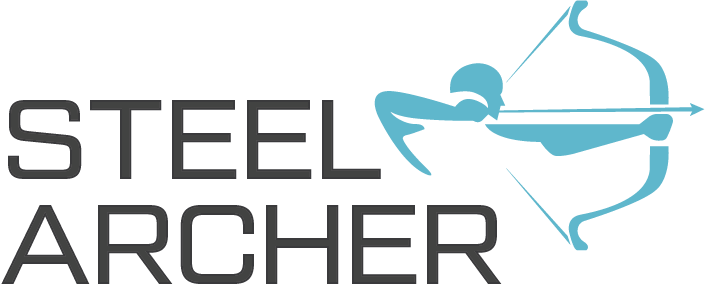Getting started with Salesforce AppExchange custom application development involves several steps to plan, create, and publish your app. Below is a step-by-step guide to help you get started:
- Identify Your App’s Purpose and Audience:
Define the specific problem your app will solve or the value it will provide to Salesforce users. Identify your target audience, such as sales teams, customer support, or marketing professionals. - Market Research:
Research existing Salesforce AppExchange apps to ensure your idea is unique or offers significant improvements over competitors. Analyze your target market’s needs and preferences. - Planning and Design:
Create a detailed project plan outlining the scope, features, and timeline of your app development. Design the user interface (UI) and user experience (UX) of your app. Consider usability and Salesforce’s design guidelines. - Salesforce Developer Account:
If you don’t already have one, sign up for a Salesforce Developer Edition account. This provides a sandbox environment for development and testing. - Development Environment Setup:
Set up your development environment, which typically includes Salesforce DX (Developer Experience) tools and extensions for your code editor. - Choose a Development Path:
Decide whether you want to build a Lightning Web Component (LWC), Aura Component, Visualforce page, or a combination of these technologies based on your app’s requirements and Salesforce’s current development options. - Write Code and Build Your App:
Begin coding your app following best practices and Salesforce development guidelines. Create custom objects, fields, and Apex classes as needed for your app’s functionality. Implement any third-party integrations required for your app. - Testing:
Rigorously test your app to ensure it works as expected, is free of bugs, and aligns with Salesforce security and data access standards. Consider engaging in user testing to gather feedback and make improvements. - Security and Compliance:
Ensure your app complies with Salesforce security requirements and standards. Implement robust authentication and authorization mechanisms to protect user data. - Documentation:
Create comprehensive documentation for your app, including user guides, installation guides, and release notes. - Packaging and Distribution:
Use Salesforce’s packaging tools to package your app into a managed or unmanaged package. Set up version control and manage different releases of your app. - AppExchange Listing:
Submit your app for security review on the Salesforce AppExchange. Salesforce will assess your app for security vulnerabilities and compliance. Prepare marketing materials, including app descriptions, screenshots, and pricing details. Once your app passes the security review, it can be listed on the AppExchange. - Pricing and Licensing:
Determine your app’s pricing model (e.g., free, one-time purchase, subscription-based). Set up licensing options and configure payment processing if applicable. - Support and Maintenance:
Plan for ongoing support, bug fixes, and updates to ensure your app remains compatible with Salesforce updates and provides a positive user experience. - Launch and Promotion:
Announce the launch of your app on the AppExchange through your marketing channels. Promote your app to your target audience, including Salesforce user groups and communities. - Feedback and Iteration:
Continuously gather user feedback and use it to make improvements and enhancements to your app. - Analytics and Monitoring:
Implement analytics to track user engagement and app performance. Monitor user reviews and ratings on the AppExchange and respond to user inquiries and issues promptly.
Starting with a well-defined plan and adhering to Salesforce’s development and security guidelines will help you create a successful custom application for the Salesforce AppExchange. Regular updates and customer engagement will contribute to your app’s long-term success in the Salesforce ecosystem. Steel Archer’s expert team has built AppExchange apps with the assistance of our Salesforce Center of Competence in Bangalore, India.

